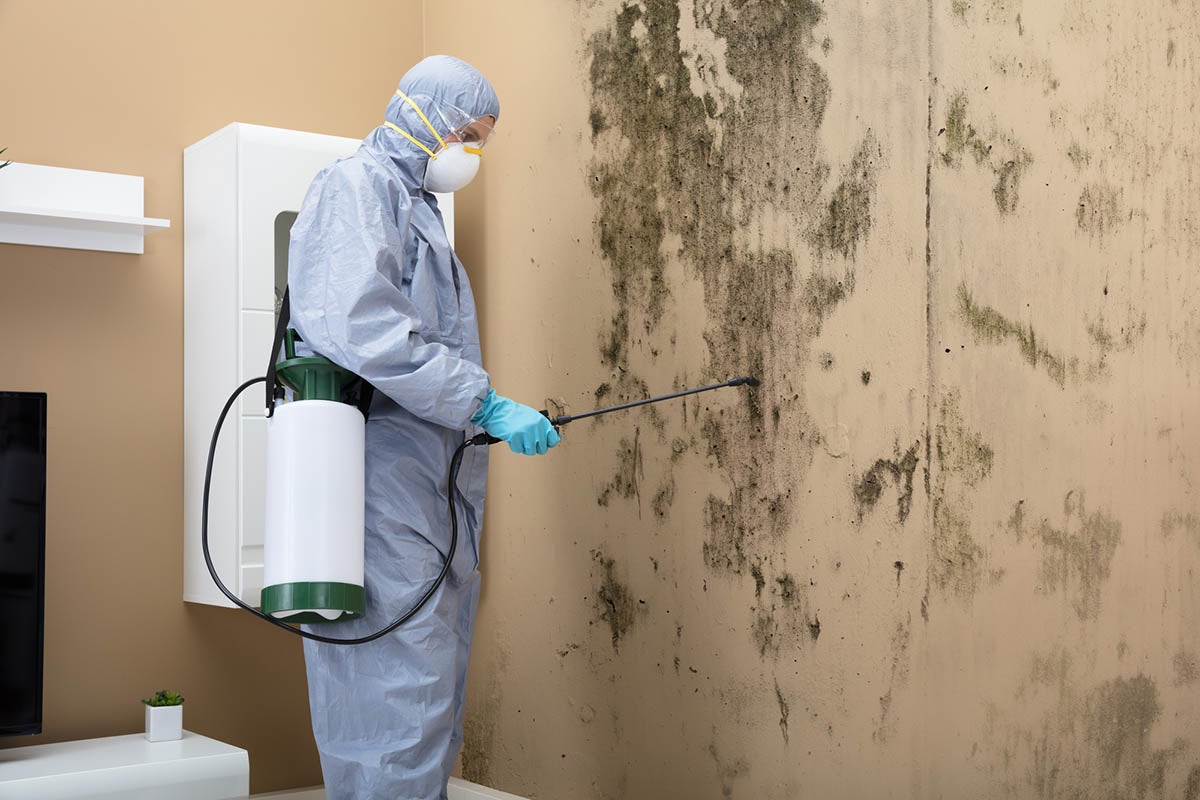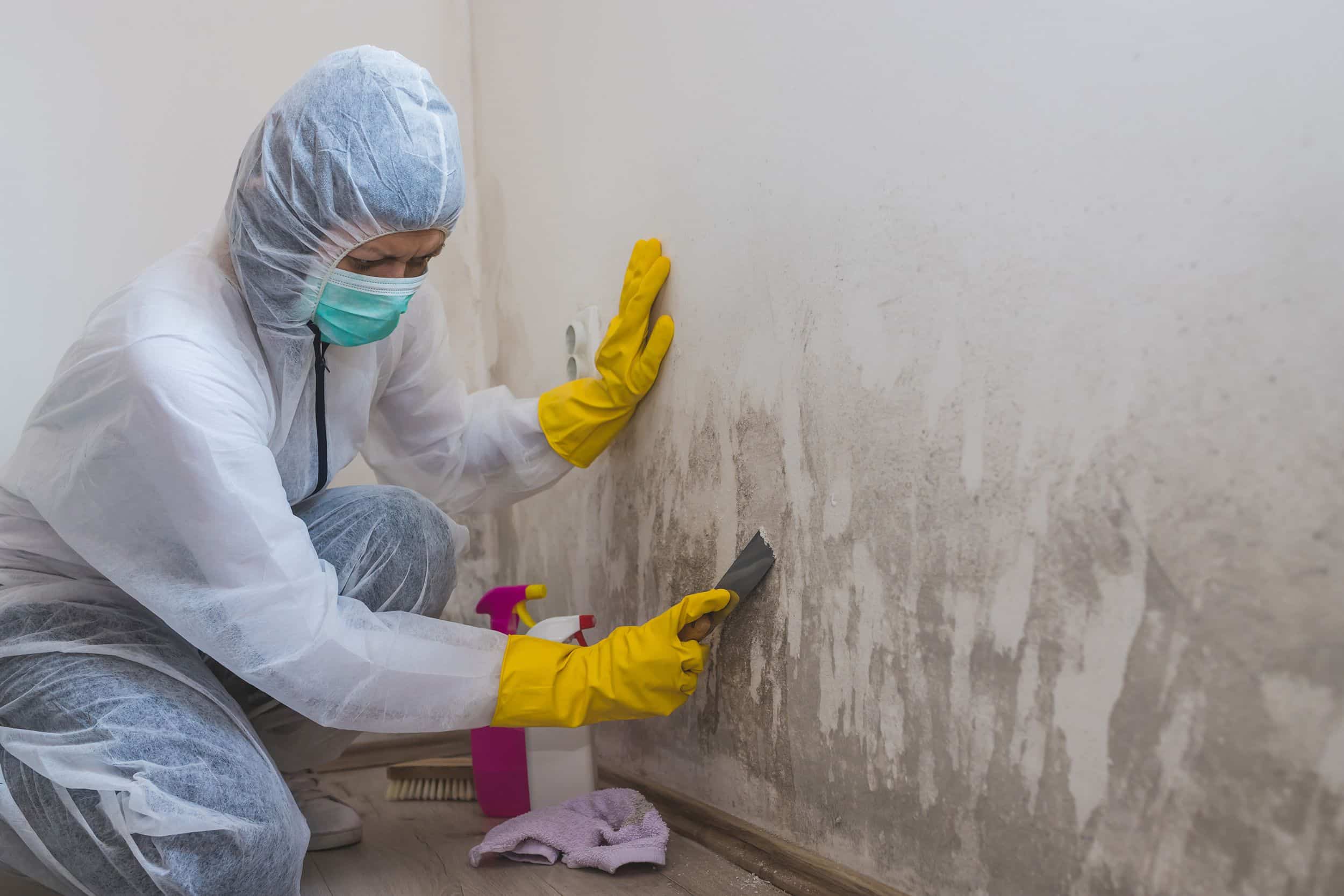Effective Post Mold Remediation Cleaning Protocols
Effective Post Mold Remediation Cleaning Protocols
Blog Article
Secret Steps for Successful Post Mold And Mildew Removal
Efficiently completing mold remediation is a complex procedure that needs interest to information and adherence to details protocols. These actions not just confirm the success of the remediation efforts however likewise add to stopping future mold development.
Evaluation of Treated Areas
Upon completion of the mold removal procedure, an extensive inspection of the dealt with locations is critical to make sure the efficiency of the remediation efforts. This inspection functions as a crucial action in the post-remediation phase to confirm that the mold removal and cleaning procedures were effective in eliminating the mold problem and bring back a safe interior atmosphere. The inspection should be performed by certified specialists that have the proficiency to examine the remediated areas meticulously.
These include aesthetic evaluations to check for any kind of indications of mold and mildew growth or water damage, dampness degrees to verify that the area is dry and cost-free of excess moisture that might promote mold re-growth, and air quality testing to make sure that the interior air is risk-free to breathe. Additionally, the inspection might include utilizing specialized tools such as moisture meters and thermal imaging video cameras to identify surprise mold and mildew or wetness pockets that could lead to future mold troubles if left uncontrolled.

Dampness Control Measures
Reliable wetness control measures are essential for protecting against mold development and maintaining a healthy and balanced indoor environment. To achieve this, it is vital to attend to sources of dampness within the structure. Appropriate ventilation is key to controlling moisture levels. Installing exhaust fans in shower rooms and cooking areas can help eliminate excess dampness. Furthermore, utilizing dehumidifiers in moist locations can help in reducing moisture levels, making it harder for mold and mildew to thrive.
Frequently preserving the building and examining's exterior can additionally protect against dampness intrusion. Post Mold remediation cleaning. Guaranteeing that seamless gutters are clear, downspouts direct water far from the foundation, and the roofing remains in great problem can assist prevent water from leaking right into the building. Properly sealing home windows and doors can additionally help keep dampness out
In situations where water damages happens, punctual action is essential. Any type of leakages or spills must be cleaned and dried out within 24-48 hours to avoid mold development. Using wetness meters can help spot surprise sources of water and make certain thorough drying out. By executing these moisture control procedures, the threat of mold returning can be dramatically minimized, producing a healthier interior environment.
Proper Ventilation Evaluation
An indispensable facet of ensuring a healthy and balanced indoor environment blog post mold remediation is performing a detailed evaluation of the ventilation system. Correct air flow evaluation plays a crucial duty in protecting against future mold and mildew development and maintaining air quality within the afflicted room.
Furthermore, assessing the ventilation system consists of taking a look at the distribution of air throughout the location to determine any type of areas of poor blood circulation where moisture and pollutants can build up. Proper ventilation not just assists in regulating humidity degrees but additionally help in eliminating air-borne mold spores and various other pollutants, consequently improving total indoor air top quality. By dealing with any type of air flow concerns upload mold remediation, property owners can create a healthier and much more comfy atmosphere for owners while decreasing the danger of mold and mildew re-infestation.
Cleansing and Sanitation Protocols
To make certain thorough mold and mildew removal, thorough adherence to specific cleansing and sanitation methods is vital. Cleaning up and disinfection procedures play an essential duty in the post-mold removal stage to stop the reappearance of mold and mildew development and make sure a risk-free and healthy and balanced atmosphere. The primary step in this procedure is the elimination of any kind of noticeable mold and mildew growth using suitable cleaner and methods. It is vital to use EPA-approved fungicides and disinfectants to efficiently eliminate mold spores and prevent their regrowth.
After the initial cleansing, extensive disinfection of the influenced areas is essential to kill any staying mold and mildew spores and prevent their spreading. This step is important in protecting against the spread of mold and mildew to other parts of the home. In addition, executing safety nets such as applying mold and mildew inhibitors and maintaining appropriate air flow can aid decrease the danger of future mold and mildew infestations. By following rigorous cleansing and sanitation protocols, homeowner can make sure the successful elimination of mold and mildew and produce a healthy interior atmosphere for residents.
Surveillance and Maintenance Plan
Executing a routine tracking and upkeep strategy is necessary for making certain the lasting effectiveness of mold remediation efforts. As soon as mold and mildew remediation is finished, it is vital to establish a monitoring routine to examine the success of the removal procedure.
Furthermore, establishing a maintenance plan is vital to protecting against future mold and mildew problems. Regular upkeep not only aids in protecting against mold but likewise contributes to maintaining additional info a healthy and balanced interior environment - testing air quality after mold remediation.
Conclusion
To conclude, effective blog post mold and mildew remediation involves complete inspection of treated locations, execution of moisture control procedures, analysis of appropriate ventilation, adherence to cleaning and disinfection procedures, and facility of a surveillance and maintenance plan. These crucial actions are necessary to guarantee that mold growth is properly gotten rid of and prevented from recurring in the future. By adhering to useful link these standards, building owners can maintain a secure and healthy setting for owners.
Upon conclusion of the mold removal procedure, a detailed inspection of the dealt with locations is imperative to guarantee the efficiency of the removal efforts. These consist of visual evaluations to examine for any signs of mold and mildew development or water damages, dampness degrees to verify that the location is completely dry and complimentary of excess humidity that might advertise mold re-growth, and air high quality screening to guarantee that the interior air is secure to breathe. Furthermore, the inspection may entail using specialized tools such as wetness meters and thermal imaging electronic cameras to discover hidden mold or wetness pockets that can lead to future mold and mildew pop over to this site problems if left unattended. By resolving any ventilation problems upload mold and mildew removal, residential property proprietors can develop a healthier and much more comfy setting for occupants while minimizing the threat of mold and mildew re-infestation.

Report this page